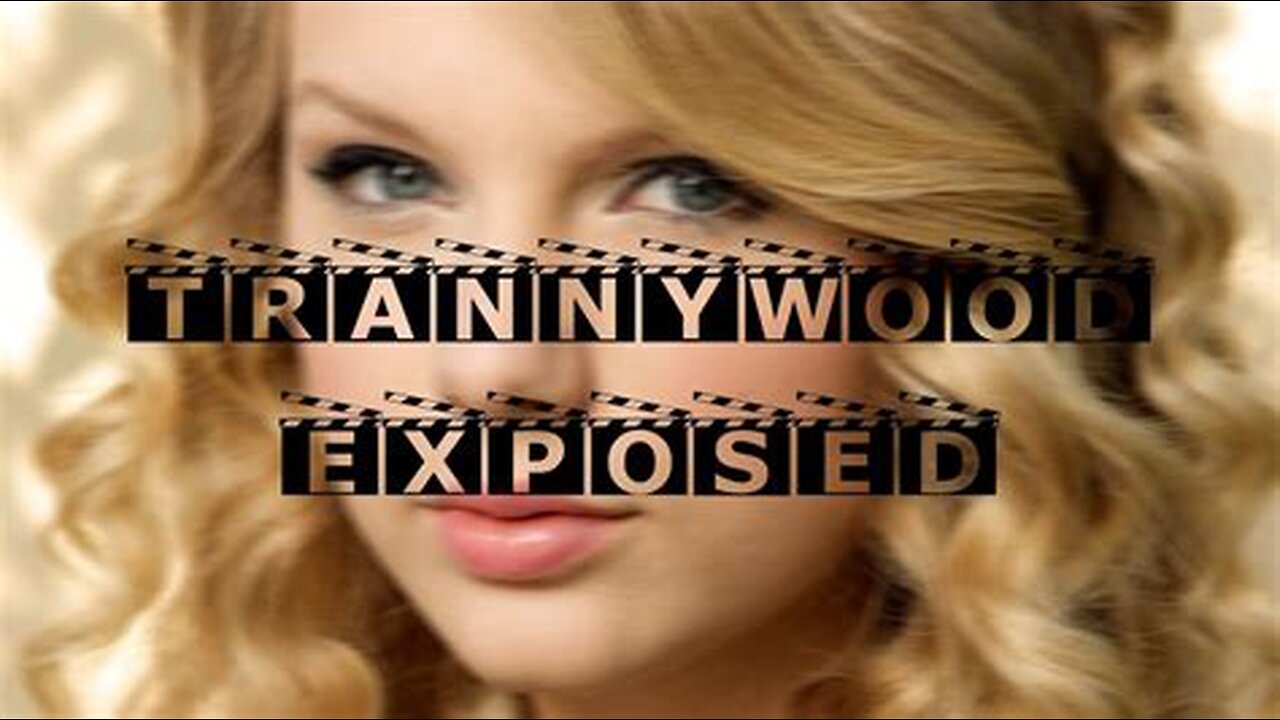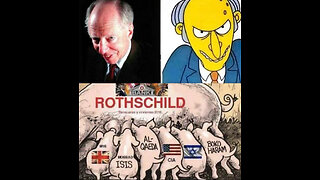Premium Only Content

Trans Antiquity: Unveiling the Ancient Roots of Gender Fluidity
Introduction: The Timeless Narrative of Gender
Gender fluidity is often viewed as a contemporary development, a product of modern sociocultural evolution. However, historical evidence suggests that humanity’s understanding and expression of gender has been far more diverse and complex throughout the ages. From religious rituals to mythological narratives, ancient civilizations embraced gender fluidity as a powerful force that bridged the human and the divine.
By exploring these historical roots, we can not only enrich our understanding of the past but also shed light on contemporary conversations about identity, spirituality, and societal norms.
I. The Divine Androgyne in Antiquity
Greco-Roman Insights
• Aphrodite’s Dual Nature: In Cyprus, rituals dedicated to Aphrodite often involved cross-dressing, symbolizing the union of masculine and feminine forces. This practice highlighted the deity’s androgynous essence, blurring the boundaries between genders to connect worshippers with divine balance.
• Saturnalia’s Role Reversals: Rome’s Saturnalia festival temporarily suspended societal norms, including gender roles. Men dressed as women and women as men, creating a space where hierarchical constructs dissolved, embodying the fluidity of divine energy.
Sacred Rituals and Transformation
• Eunuch Priests: Figures like the galli, eunuch priests of Cybele, underwent physical and symbolic transformations to serve as intermediaries between humanity and the gods. These transformations were seen as sacred acts that transcended earthly identities.
• Divine Endorsement: Rituals involving gender reassignment were not merely symbolic; they were believed to invoke divine blessings, granting participants a higher spiritual status.
II. Historical Evidence and Interpretations
Literary and Archaeological Insights
• Plutarch’s Observations: Ancient writers like Plutarch detailed rituals where gender roles were fluid, viewing them as integral to societal and religious cohesion.
• Art and Inscriptions: Archaeological findings, such as depictions of gender-fluid priests in inscriptions and statues, underscore how openly these identities were recognized and celebrated.
Philosophical and Esoteric Connections
• Alchemy and Androgyny: In alchemical traditions, the merging of male and female energies represented a path to spiritual enlightenment, a motif mirrored in rituals and myths across cultures.
• Kabbalistic Interpretations: Jewish mystical traditions like Kabbalah also viewed androgyny as a sacred state, embodying the harmony of opposites necessary for divine creation.
III. The Psychological and Social Impact
Power and Perception
• Legitimacy through Fluidity: Leaders and priests who embraced gender fluidity often gained public legitimacy, as their identities were seen as divinely ordained.
• Shaping Collective Consciousness: These practices likely influenced societal psychology, fostering a deeper connection between individuals and their spiritual or communal roles.
Modern Parallels
• Echoes in Contemporary Practices: Today’s discussions on gender fluidity resonate with these ancient traditions, highlighting humanity’s enduring quest to transcend binary constructs.
• Media as the New Ritual: In a sense, modern media platforms serve a similar role to ancient public rituals, shaping and reflecting society’s evolving understanding of gender.
IV. The Sacred Union: Gender Fluidity in Myth and Ritual
Mythological Archetypes
• Gender-Transforming Deities: Gods like Dionysus and Inanna often shifted between genders, embodying the fluidity and duality inherent in divine nature. These stories mirrored human attempts to embody divine qualities through gender expression.
• The Hieros Gamos: The sacred marriage of male and female deities symbolized cosmic balance, a theme that ancient rituals sought to replicate through gender fluid practices.
Implications for Modern Identity
• Religious Reflections: Various contemporary religions interpret these ancient practices differently, with some reclaiming them as affirmations of diversity and others rejecting them as incompatible with modern dogmas.
• Cultural Continuity: Understanding these rituals highlights the long-standing role of gender fluidity in human society, challenging the notion of binary gender as a universal standard.
V. The Politics and Power of Gender Fluidity
Ancient Governance and Modern Movements
• Gender in Leadership: Historical figures who embraced gender fluidity often wielded significant influence, using their identities to legitimize their power.
• Modern Implications: Today, gender fluidity challenges traditional power structures, fostering discussions on equality and representation.
Economic and Social Dynamics
• Integration in Society: Just as ancient rituals elevated gender-fluid individuals to positions of spiritual authority, modern societies are beginning to recognize the value of diverse identities in leadership and innovation.
• Resistance and Reclamation: Both ancient and modern narratives reflect the tension between acceptance and resistance, with marginalized groups often reclaiming their identities as a form of empowerment.
VI. Conclusion: Bridging Antiquity and Modernity
Revisiting the Past
The exploration of gender fluidity in ancient times reveals a rich tapestry of human experience that defies modern binaries. These practices were not mere curiosities but vital elements of religious, social, and political life.
A Path Forward
By studying these ancient traditions, we can foster a more inclusive dialogue on gender, recognizing it as a dynamic and fluid aspect of human identity. This perspective encourages us to appreciate the diversity and complexity of our shared history.
Call to Action
Let us approach contemporary debates on gender with an open mind, informed by the wisdom of the past. By embracing the lessons of antiquity, we can build a future that celebrates the full spectrum of human identity.
Final Reflection
The stories and rituals of the past serve as powerful reminders that gender has always been more than a binary. It is a multifaceted expression of humanity’s connection to the divine, a bridge between the earthly and the spiritual. By acknowledging this legacy, we not only honor our ancestors but also pave the way for a more inclusive and enlightened society.
-
 3:21
3:21
FragmentsOfTruth
3 days ago🜏 THE BLOODLEDGER CODE
2801 -
 18:25
18:25
Liberty Hangout
13 days agoAnti-Ice Demonstrators Love Poop!
38K46 -
 9:39
9:39
MattMorseTV
14 hours ago $0.99 earnedVance just DROPPED a BOMBSHELL.
35.6K63 -
 23:47
23:47
GritsGG
1 day agoThe Forgotten Best Sniper Support AR!
9.89K3 -
 1:15:48
1:15:48
The Pascal Show
16 hours ago $0.10 earnedMUGSHOTS RELEASED! Emmanuel Haro's Parents Mugshot Released To The Public
8.29K1 -
 14:45
14:45
BlabberingCollector
19 hours agoKings Cross Station SET LEAKS! | Harry Potter HBO Show Update & News
7.57K -
 33:20
33:20
SB Mowing
9 days agoHealth Struggles + Endless Rain = A Yard Out of Control
16.8K18 -
 1:09:42
1:09:42
Mike Rowe
4 days agoHow Did THIS Dirty Job Make Tommy Mello A Billionaire?! | #447 | The Way I Heard It
74.9K20 -
 10:11:30
10:11:30
SpartakusLIVE
11 hours agoThe BADDEST Duo in WZ Exhibits PEAK Physique || Duos w/ Sophiesnazz to start, quads later
174K1 -
 2:49:37
2:49:37
RattlesnakeTV
23 hours ago $0.28 earnedLIVE DEBATE! Lord Jake vs Crazy Feminist
35.1K19